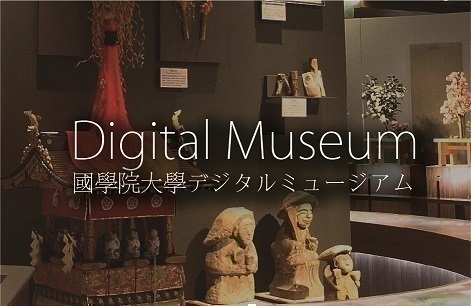- トップ
- Encyclopedia of Shinto
- Hayashi Razan
Encyclopedia of Shinto
| Main Menu: | |
| Links: |
詳細表示 (Complete Article)
| カテゴリー1: | 8. Schools, Groups, and Personalities |
|---|---|
| カテゴリー2: | Personalities |
| Title | Hayashi Razan |
| Text | (1583-1657) Confucian scholar of the early Edo period. His formal names included Nobukatsu, and he had the style Shishin (written with two different sets of Sino-Japanese characters), together with Radō and other epistolary names. His common names included Dōshun, and he was given the posthumous spiritual name Master Bunbin (Bunbin-sensei). Born in 1583 in Kyoto as the eldest son of Hayashi Nobutoki, Hayashi Razan was the founder of the Hayashi dynasty of Neo-Confucianists in official service to the Tokugawa shogunate. He entered into studies at the Kyoto temple Kenninji at the age of thirteen. At fifteen, however, he rejected Buddhist ascetic life and left the monastery, turning to self-directed study through reading. After this he became acquainted with the Neo-Confucianist Fujiwara Seika (1561-1619), and through his recommendation was appointed to serve Tokugawa Ieyasu. Hayashi served as advisor and confidante to the first four Tokugawa shoguns (Ieyasu, Hidetada, Iemitsu, and Ietsuna), and was responsible for official bureaucratic and scholarly endeavors, including administration of written documents, inscribing law documents and other official papers, and editing genealogies and works on national history. Furthermore, with support from Owari Domain lord Tokugawa Yoshinao, Hayashi built a mausoleum dedicated to the worship of Confucius (in Chinese known as kongzimiao, in Japanese as kōshibyō) at the Shinobugaoka Academy in the Ueno district of Edo, allowing for the performance of sekiten Confucian ritual and practice. This institution served as the foundation for what would become the Tokugawa academy Shōheikō. As the foremost founder of the Japanese school of Zhu Xi scholarship (Jp. shushigaku), Hayashi is most famous for his role in establishing Neo-Confucianism as the official ideology of the Tokugawa government. However, he turned his faith toward Shinto in his later years. The Shinto school established by Razan, known as Ritō Shinchi Shintō, is characterized by an ideology based on the unity of Confucianism and Shinto and a rejection of Buddhist teachings. These were pioneering ideological steps that would later serve as the roots of the Confucianist schools of Shinto (Juka Shintō). Hayashi died on the twenty-third day of the first month of 1657 at the age of seventy-five. His written works pertaining to Shinto include Honchō jinjakō and Shintō denjushō, among others. - Yazaki Hiroyuki |




